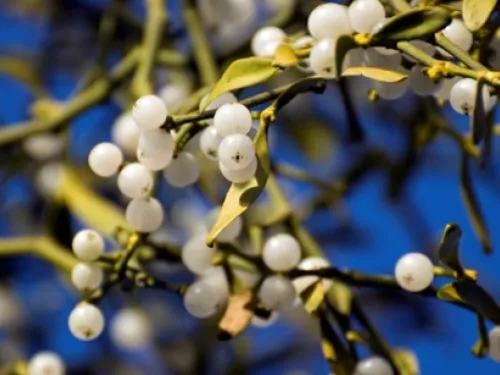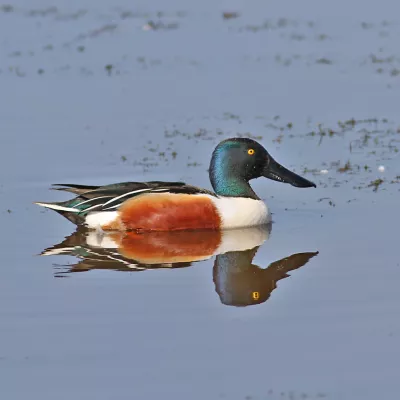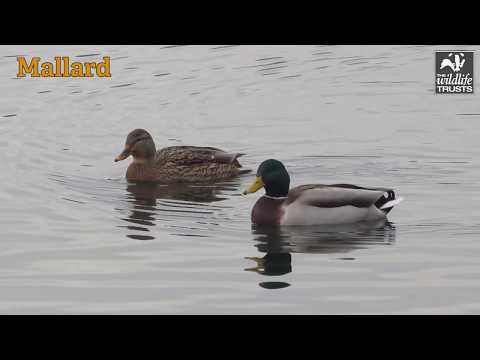The best time for seeing dabbling ducks is in winter, when hundreds of thousands arrive from breeding grounds across Northern Europe and Russia, though most can be seen regularly in smaller numbers throughout the year. We’ve pulled together an introduction to the dabbling ducks you’re most likely to see, with a quick guide on how to recognise both males and females.
Top tip: a useful way of identifying ducks (especially females) is to look at the speculum – this is a coloured patch on the secondary flight feathers, which are the feathers at the trailing edge of the wing, closest to the body. The speculum colour is often distinctive and can easily be seen in flight, and often seen on swimming or standing birds.

















